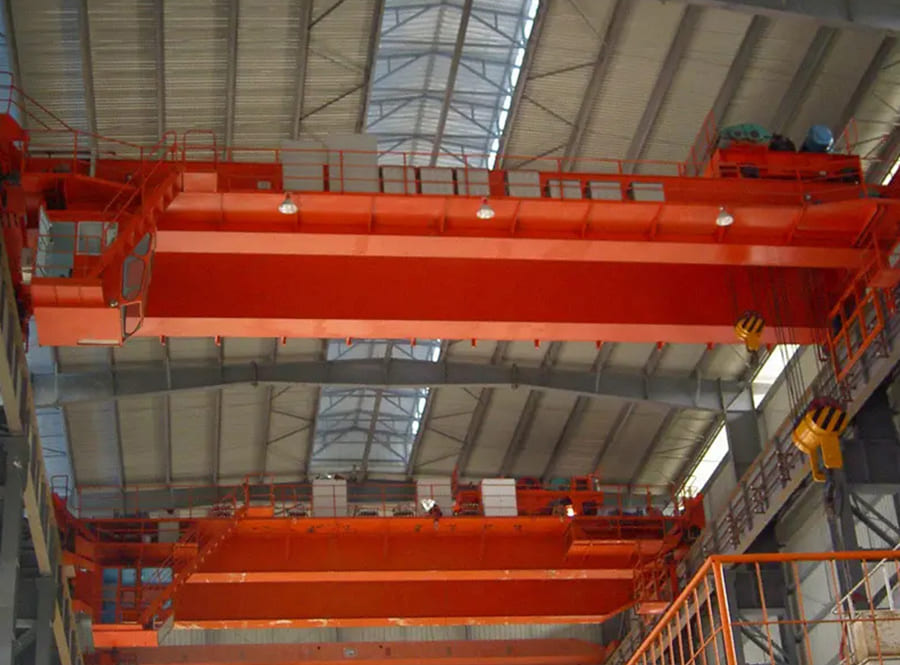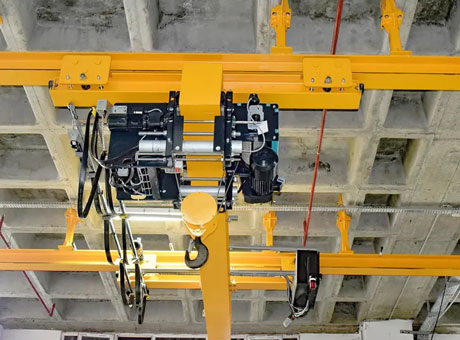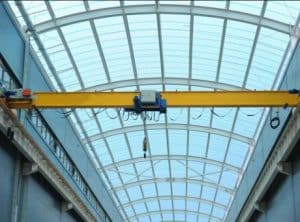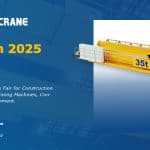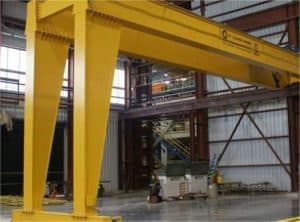1 Definition of Grúa aérea a prueba de explosiones:
It is a hook bridge crane used in explosive gas or explosive dust environments and has explosion-proof characteristics.
2 Scope of explosion-proof overhead crane:
The machinery industry standard JB/T 5897-2014 “Venta al por mayor de grúas aéreas a prueba de explosiones Sevencrane” gives a scope of use of explosion-proof bridge crane: suitable for those working in Zone 1 and Zone 2 of explosive gas environment or Zone 21 and Zone 22 of explosive dust environment. Explosion-proof overhead crane.
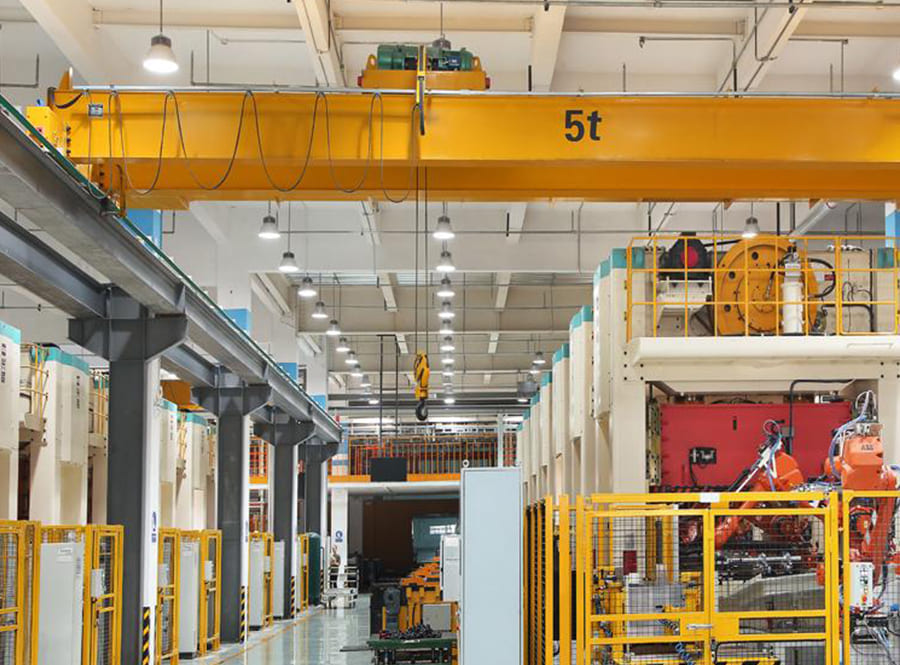
La mejor opción para grúas aéreas industriales a prueba de explosión: Under atmospheric conditions, a mixture of flammable substances in the form of gas, vapor, dust, fiber or flying flakes with air can maintain combustion and spread by itself after being ignited.
Explosive gas environment: Under atmospheric conditions, a mixture of flammable substances in the form of gas or vapor and air forms. After being ignited, it can maintain combustion and spread by itself.
Places where explosive gas environments may occur during normal operation. It is impossible for an explosive gas environment to occur. If it does occur, it will only occur occasionally and only for a short period of time.
During normal operation, there may be places where the amount of dust is sufficient to form a mixture of combustible dust and air, but is not classified in Zone 20. This area includes places directly adjacent to the point where dust is charged or discharged, places where a dust layer occurs and where a flammable concentration of combustible dust and air mixture may be produced under normal operating conditions.
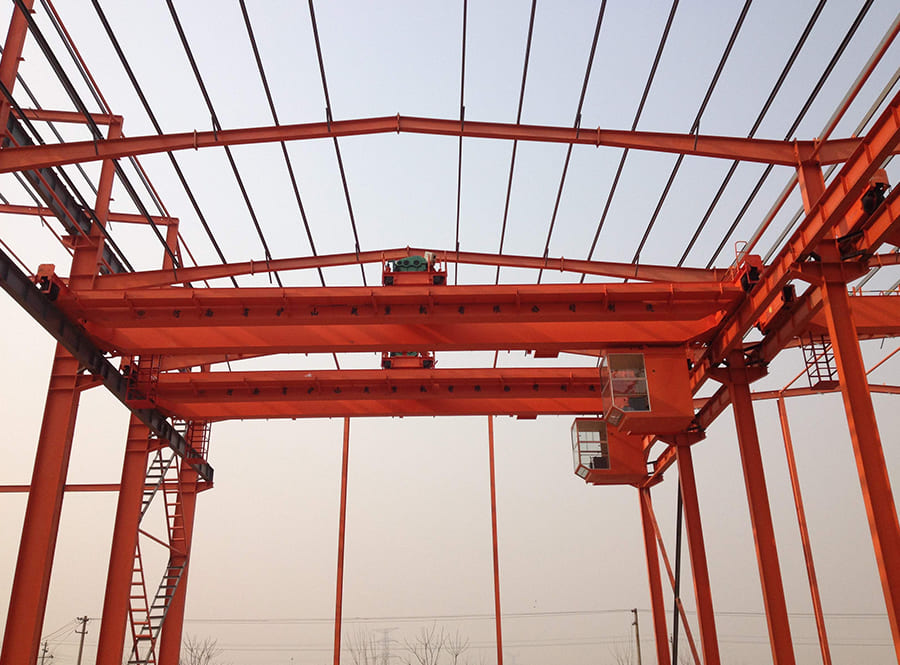
Under abnormal conditions, combustible dust clouds occasionally appear and only exist for a short time, or combustible dust occasionally accumulates, or a dust layer may exist and produce a combustible dust-air mixture.
In the event of an explosion, personnel are exposed to numerous dangers, for example due to uncontrolled thermal radiation, flames, pressure waves and flying debris, as well as to harmful reaction products and the depletion of breathing oxygen in the ambient air. Although explosions and fires are not among the most common causes of workplace injuries. But the consequences are staggering, often causing serious losses of life and property. Where dusts, flammable gases or liquids are manufactured, transported, processed or stored, an explosive atmosphere may be formed, that is, a Proveedores de grúas aéreas a prueba de explosiones que cumplen con las normas europeas of fuel and oxygen in the air within the explosion limits. If an ignition source is present at the same time, an explosion will occur.








